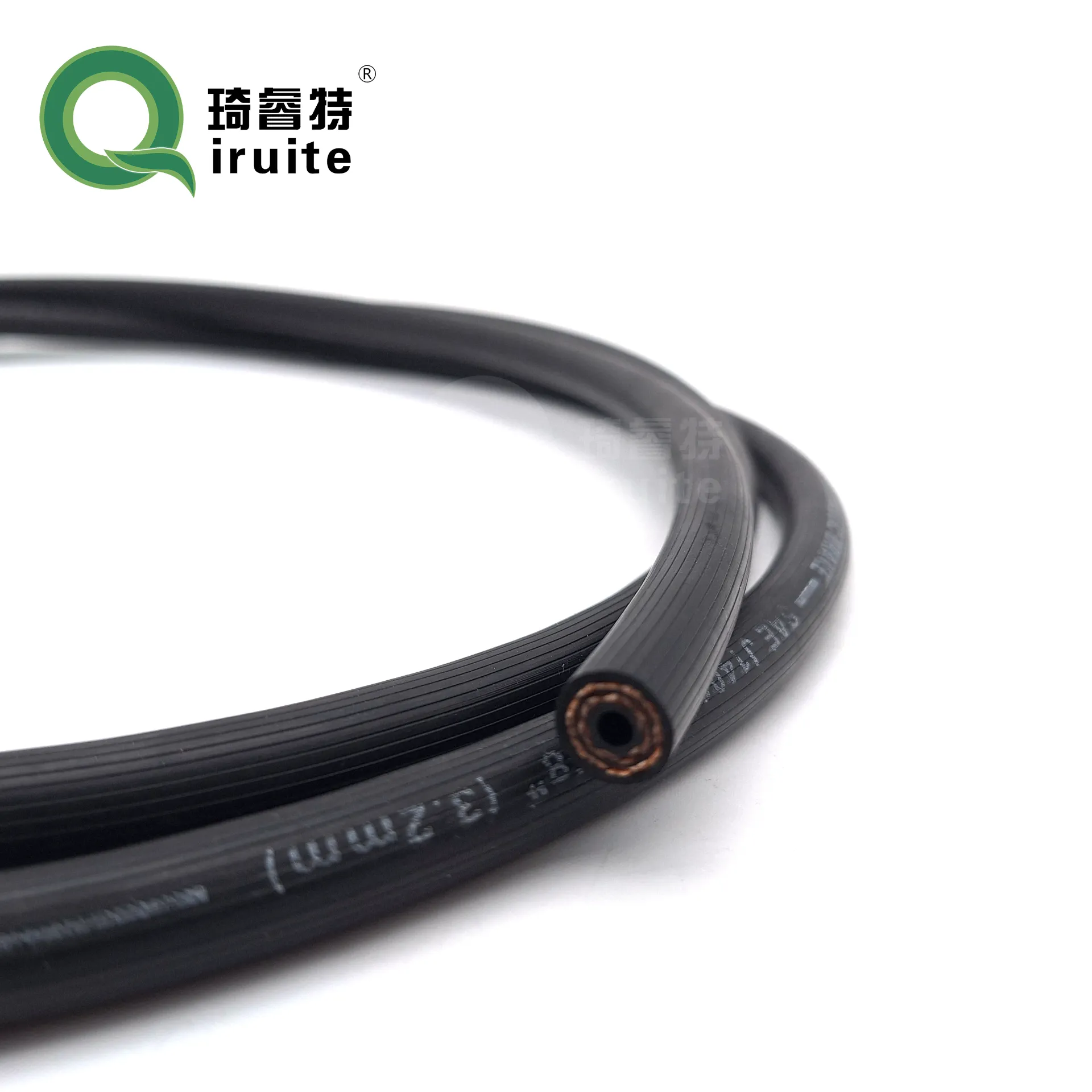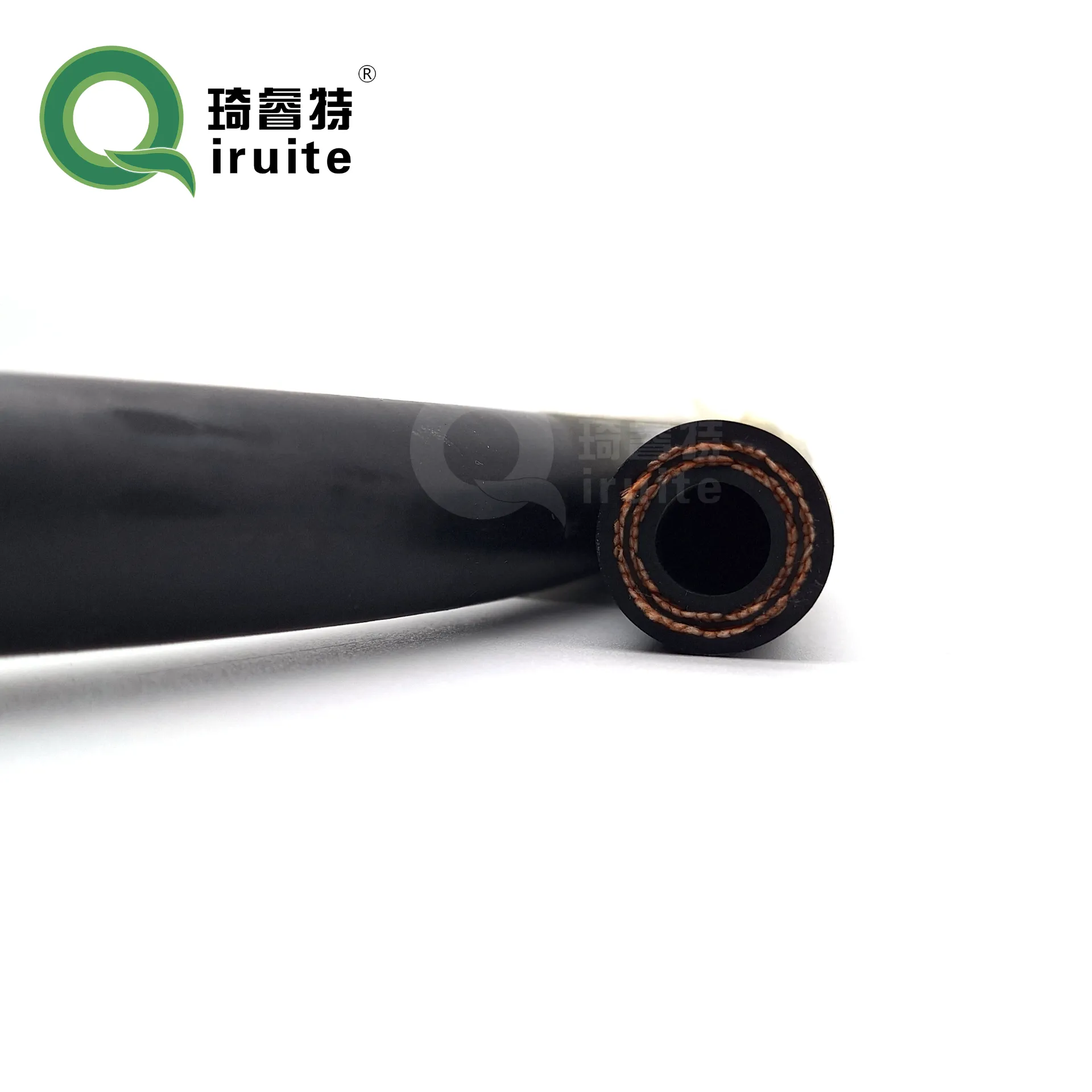Everything You Need to Know About Brake Hose Performance and Maintenance
The brake hose is a vital part of your vehicle's braking system, responsible for transmitting hydraulic pressure from the master cylinder to the brake calipers. Keeping your brake hose in top condition is essential for ensuring a reliable and safe braking experience. This article will explore how to maintain your brake hose in different climates, the importance of the installation angle, and how road conditions affect brake hose performance.

How to Maintain Brake Hose in Different Climates
Maintaining the brake hose in varying climates is crucial to ensure the longevity and effectiveness of your vehicle’s brake system. In colder regions, the rubber material in the brake hose can become brittle, leading to potential cracks. Conversely, in hot and humid environments, heat and moisture can weaken the hose, increasing the risk of expansion or leaks. Regular inspections are necessary to spot any wear and tear due to extreme weather conditions.
Additionally, it's advisable to check for any signs of moisture or corrosion around the connections, as these can lead to hydraulic fluid contamination. For those living in regions with extreme temperatures, consider replacing the brake hose with one designed for high durability in specific climates, ensuring optimal performance.

Does the Installation Angle of Brake Hose Affect the Brake Performance?
Yes, the installation angle of the brake hose plays a significant role in the overall performance of your brake system. If the hose is installed at an incorrect angle, it can kink or bend, restricting the flow of hydraulic fluid. This restriction can lead to delayed brake response or, in severe cases, brake failure.
When installing a brake hose, it's important to ensure that the hose has the correct amount of slack and is free of any sharp bends or twists. Proper installation ensures that the hydraulic pressure can be transmitted efficiently, resulting in quicker and more precise braking. Always follow the manufacturer’s guidelines or consult a professional when replacing or adjusting your brake hose.
Does the Performance of Brake Hose Differ in Different Road Conditions?
Road conditions have a significant impact on the performance of the brake hose. For instance, rough or off-road conditions can cause extra stress on the hose due to constant suspension movement. The continuous flexing can cause the brake line to wear faster than usual. Additionally, dirt and debris from rough roads can accumulate on the hose, potentially leading to abrasion and damage over time.
On smoother roads, the wear and tear on the brake hose are typically lower. However, it’s still essential to regularly inspect the hose for any signs of wear, especially if you frequently drive in areas where braking is often required, such as mountainous regions. Choosing a brake hose that is reinforced and built for high durability can help it withstand harsh road conditions and maintain performance.
The Importance of Regular Brake Hose Replacement
Just like other components in your vehicle, the brake hose requires regular replacement to maintain the safety and efficiency of your braking system. Most vehicle manufacturers recommend inspecting the brake hose during routine maintenance or every time you change your brake pads. Regular inspection can help identify potential issues before they become more severe.
If you notice any signs of damage, such as cracks, leaks, or bulges, it’s essential to consider brake hose replacement immediately. A compromised brake hose can reduce braking power and increase the likelihood of brake failure. Regularly replacing your brake hose ensures that your vehicle's braking system performs optimally under all conditions.
How to Choose the Right Brake Line for Your Vehicle
Choosing the right brake line is critical to ensuring maximum brake performance. Several factors come into play, including the material of the hose, its length, and whether it is compatible with your vehicle’s braking system. Reinforced braided lines are a popular option for high-performance vehicles due to their increased strength and resistance to damage, while rubber hoses are ideal for everyday driving due to their flexibility.
Ensure that your brake line is built to handle the hydraulic pressure required for your specific vehicle and is designed to withstand the environmental factors you’ll encounter on the road.
In conclusion, maintaining the brake hose and ensuring proper installation is crucial to vehicle safety and brake performance. From selecting the right brake line to knowing when to perform brake hose replacement, each step ensures your braking system remains in peak condition. Protect your vehicle and ensure a safe drive by keeping your brake hose well-maintained, whether you’re navigating city streets or tough off-road terrains.
-
Quick Release Ball Joint – Tool-Free, Durable, Leak-Tightവാർത്തNov.13,2025
-
Spiral Guard Hose Protection — Durable, UV-Resistant Wrapവാർത്തNov.13,2025
-
SAE J1401 Brake Hose Specifications: Durable, Low Expansionവാർത്തNov.13,2025
-
SAE J1401 Brake Hose Specifications | DOT-Approved, Durableവാർത്തNov.13,2025
-
Spiral Guard Hose Protection - Abrasion-Resistant, UV-Stableവാർത്തNov.10,2025
-
SAE J1401 Brake Hose Specifications | DOT-Certified, Durableവാർത്തNov.10,2025

